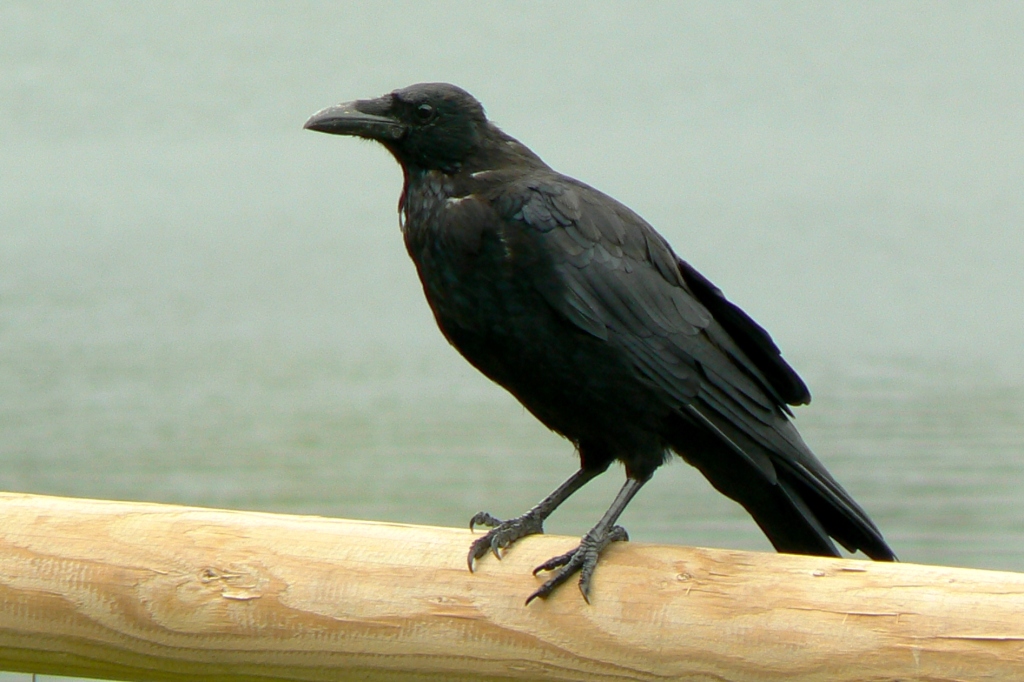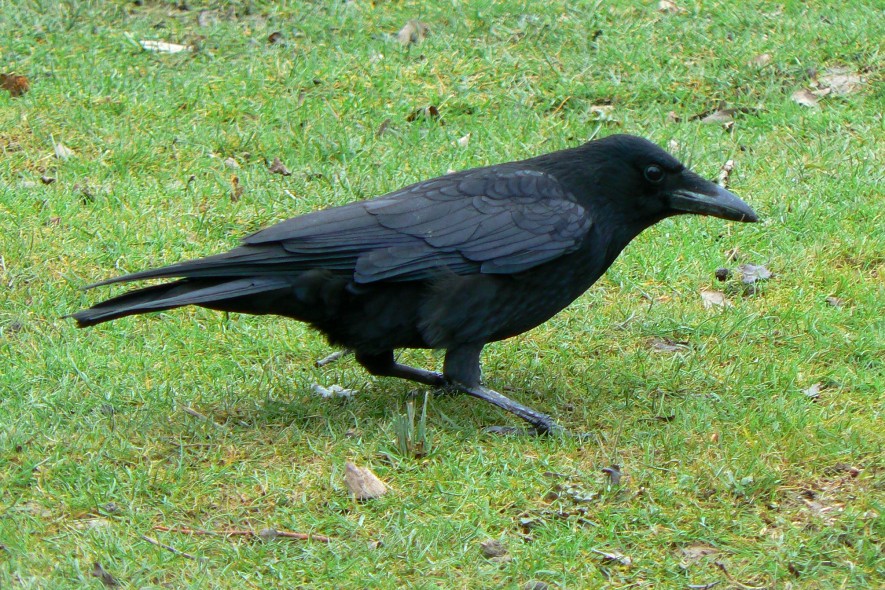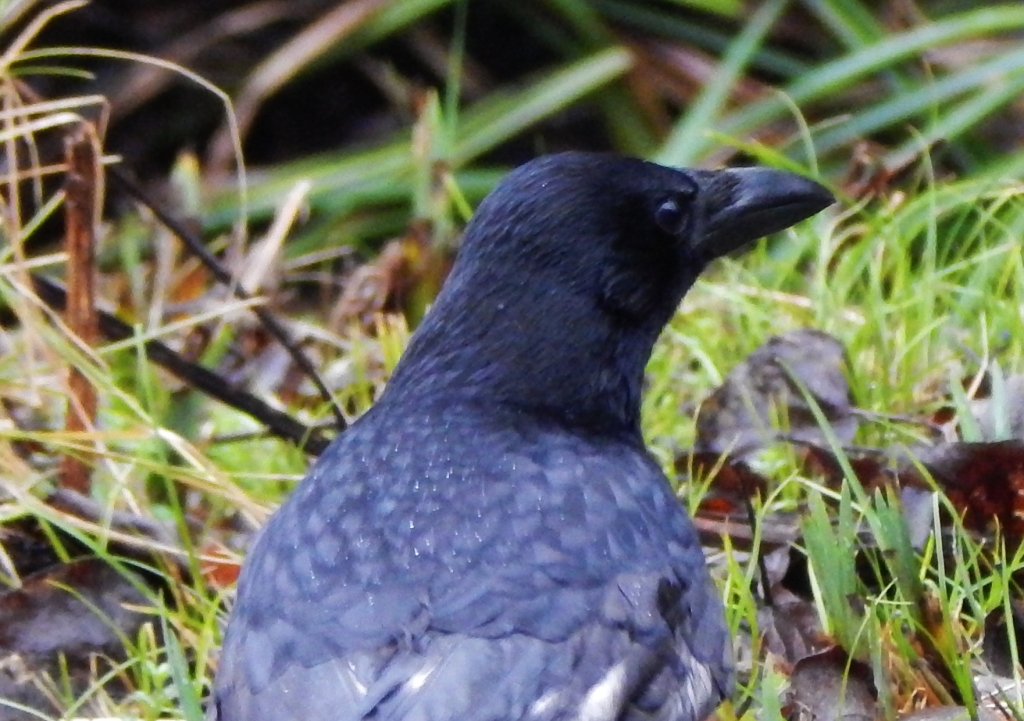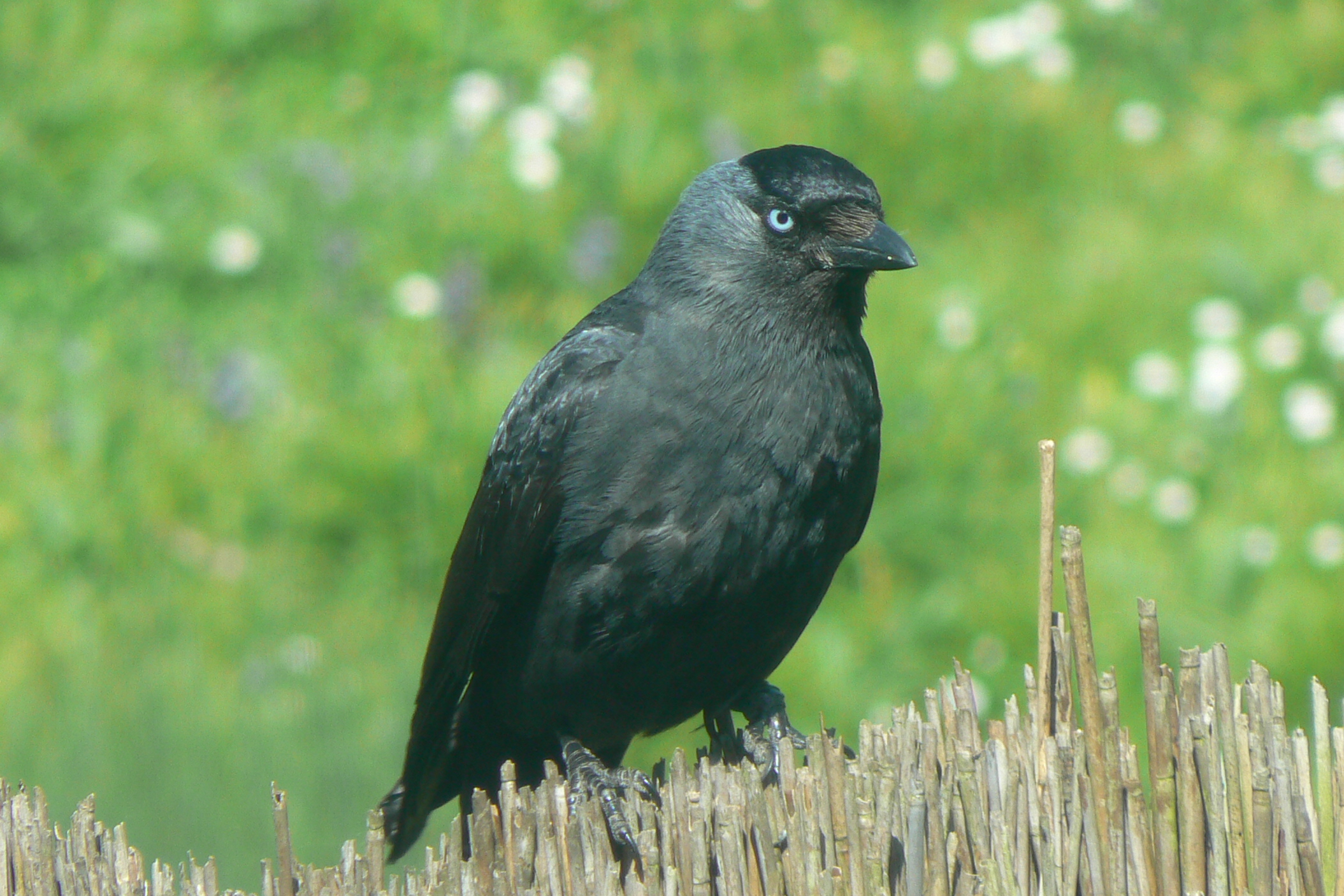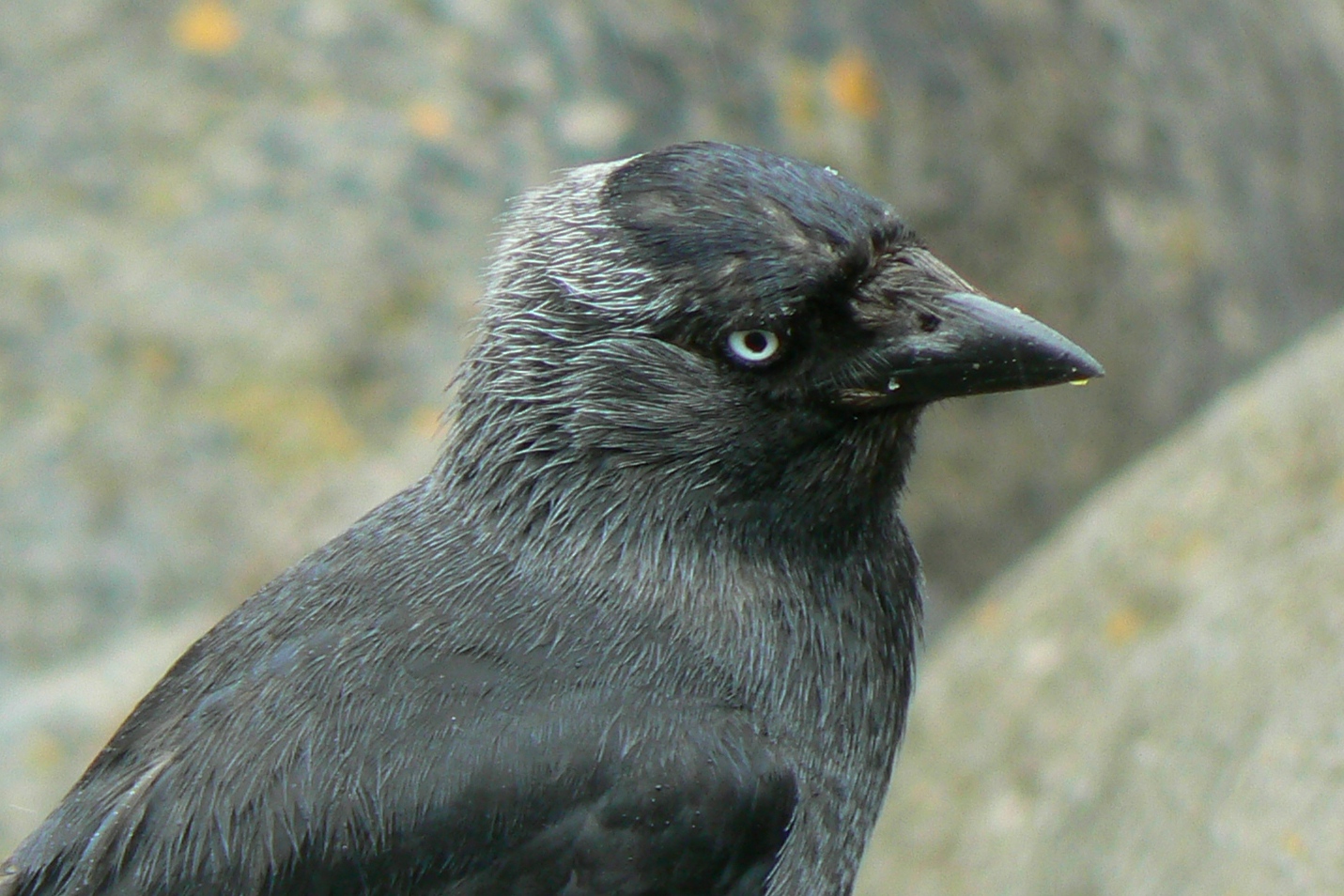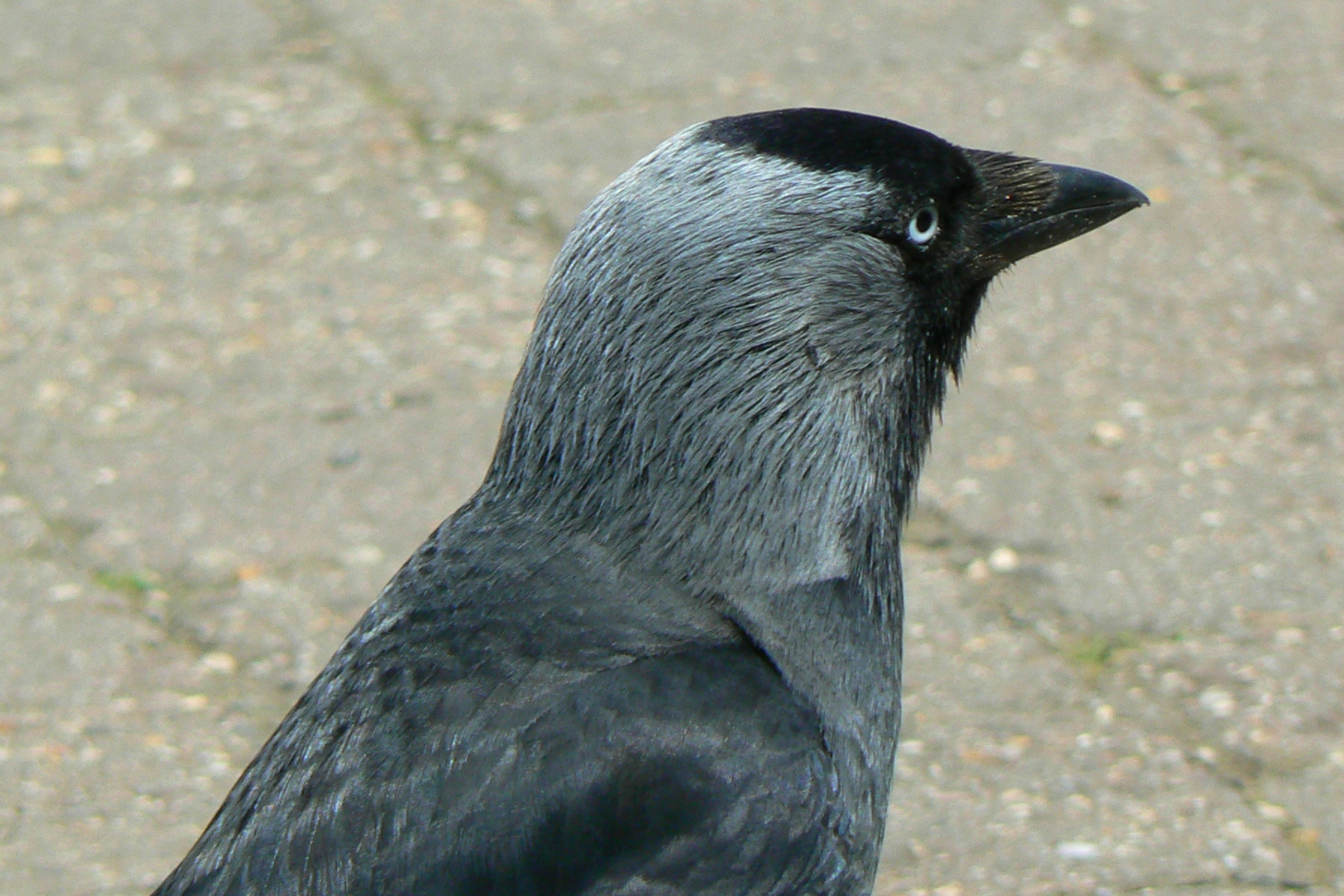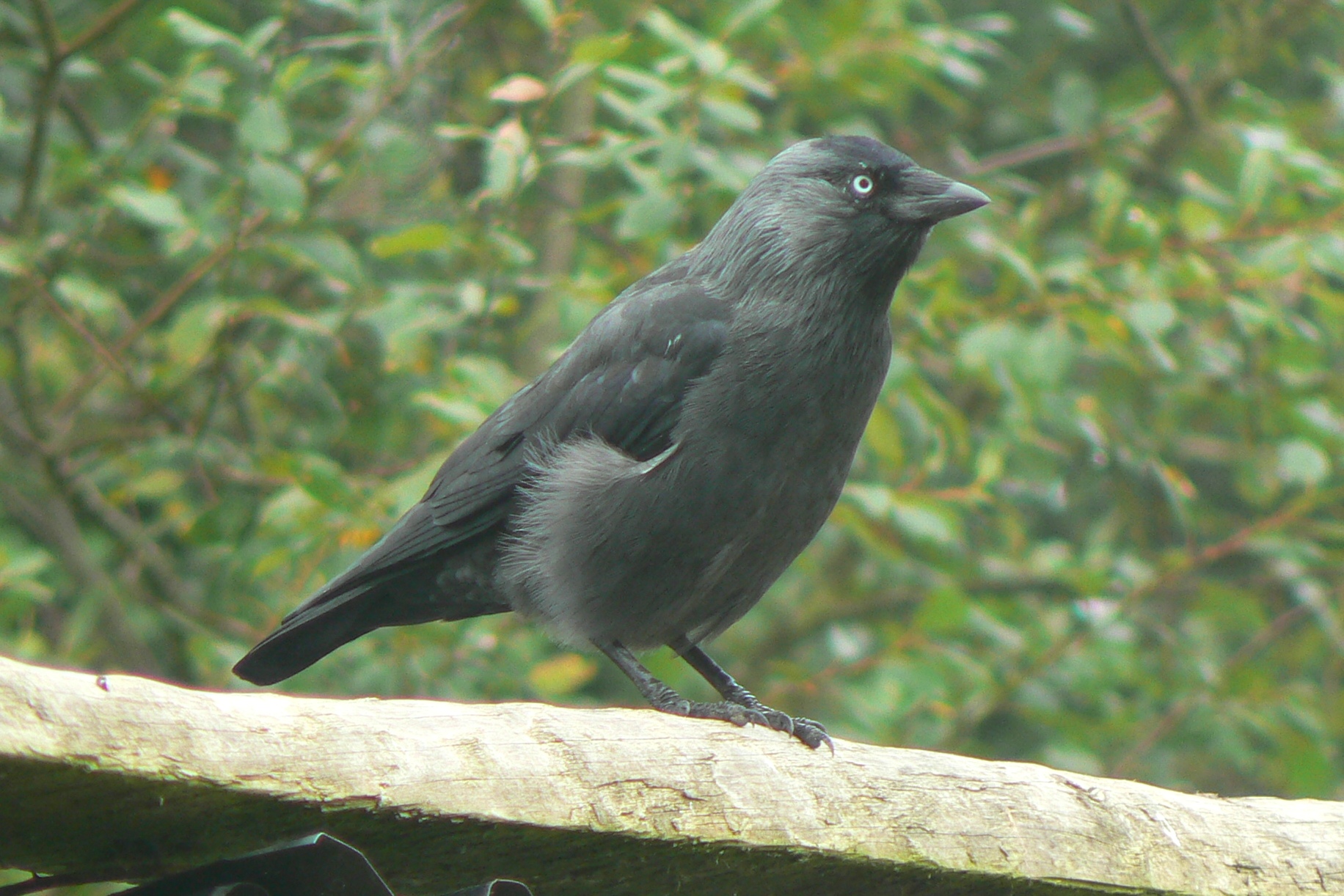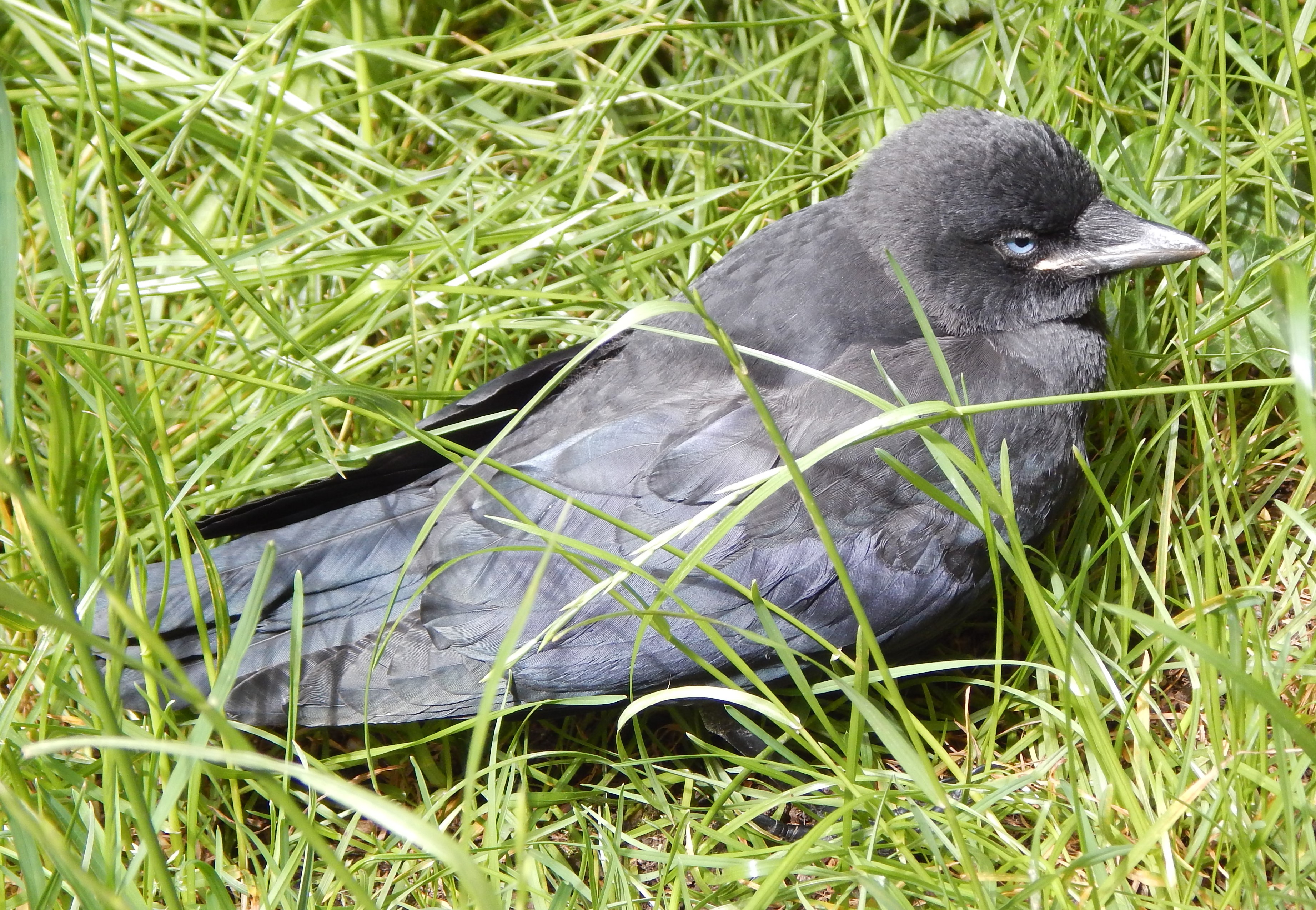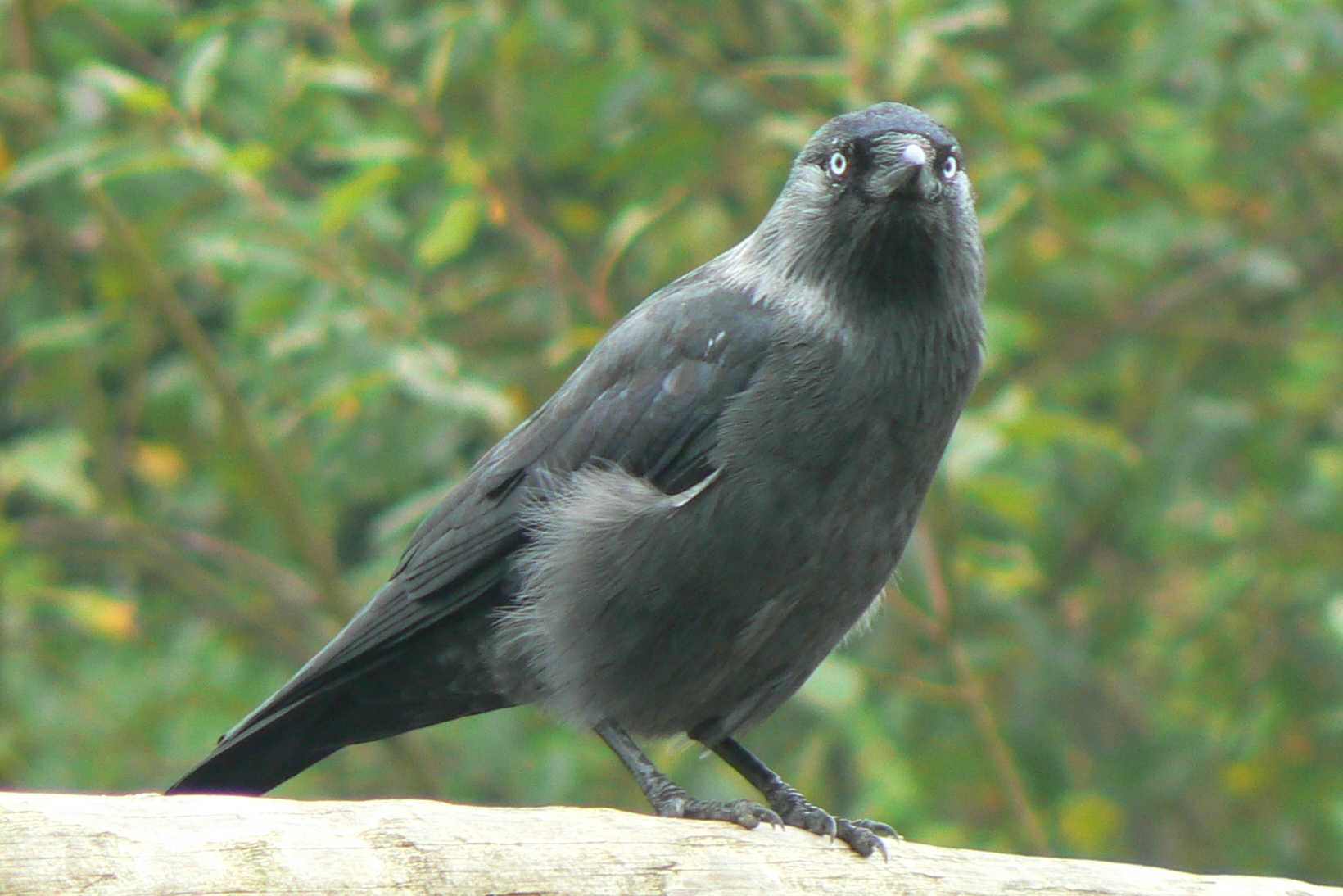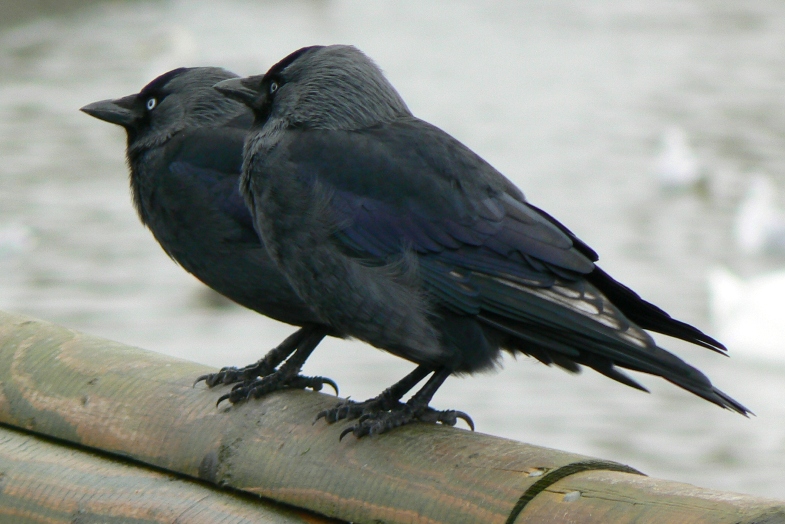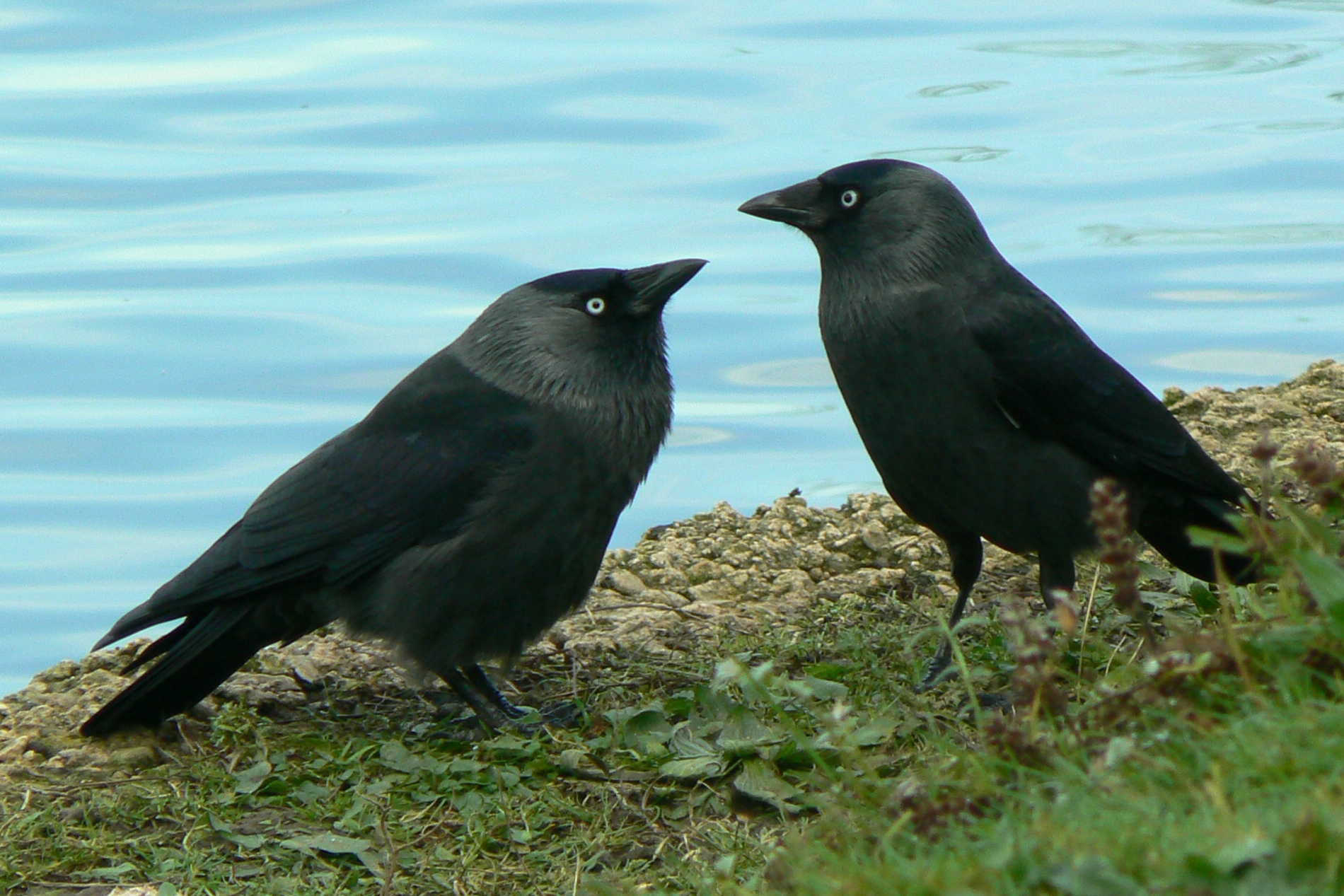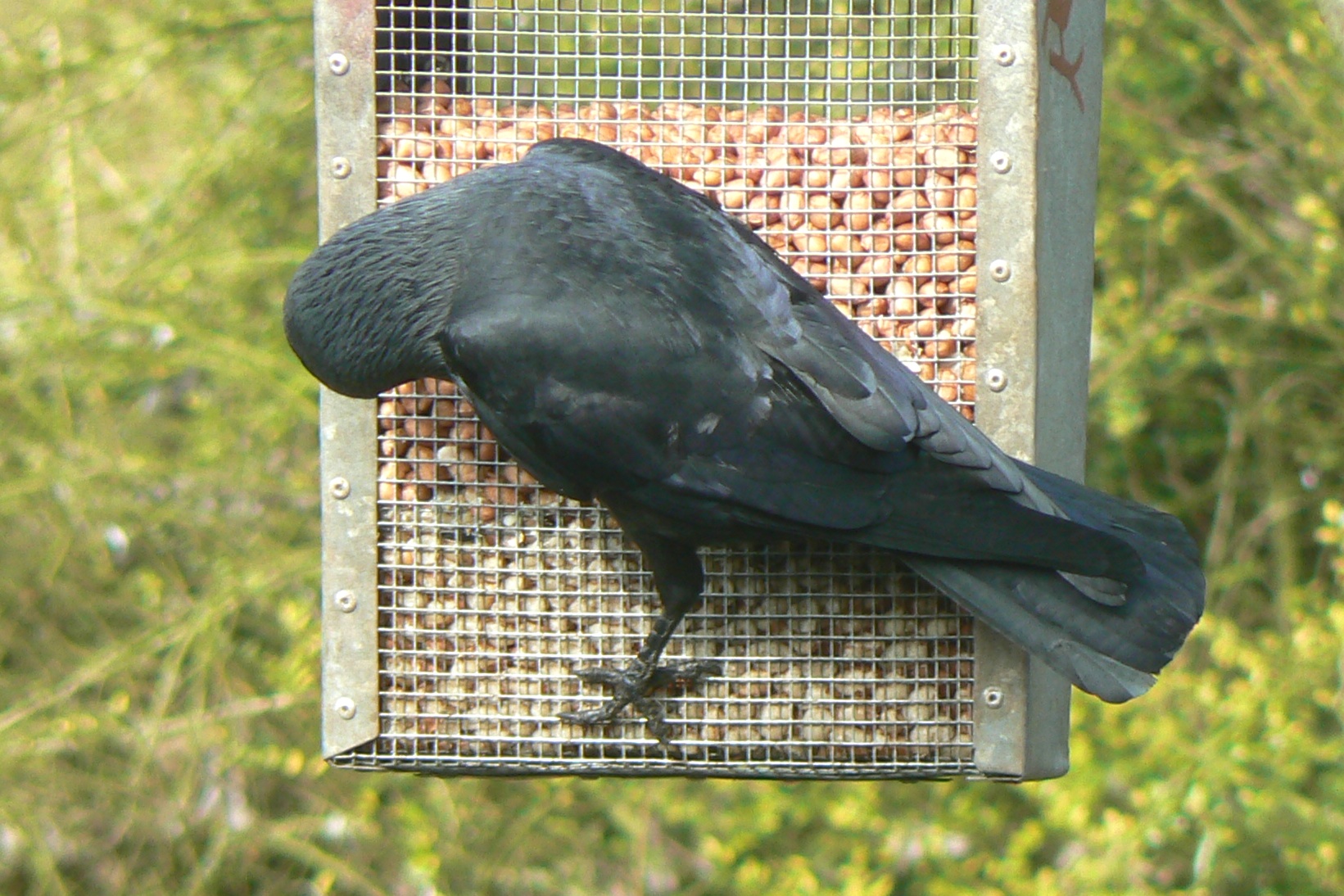
[099] Corvus frugilegus, Rook
Introduction
Corvus frugilegus, the Rook, is a large black bird in the Crow family, often seen in flocks foraging in agricultural areas.
Taxonomy
Kingdom – Animals
Phylum – Chordates
Class – Aves (Birds)
Order – Passeriformes
Family – Corvidae
Genus – Corvus
Scientific Name – Corvus frugilegus
Name
Rook comes through Old English by onomatopoeia from its call. Frugilegus means fruit gathering.
Description
There are several species of birds called crows and several called ravens but only one Rook. They are all black and very similar in size and appearance to [098] the Carrion Crow. Apart from a sometimes visible blue or purple sheen to their backs, the two clearest distinguishing features of Rooks are:
- A very distinctive white area between the eyes and the bill that makes the bill look larger.
- A ‘baggy trousers’ look to the feathers at the top of its legs.




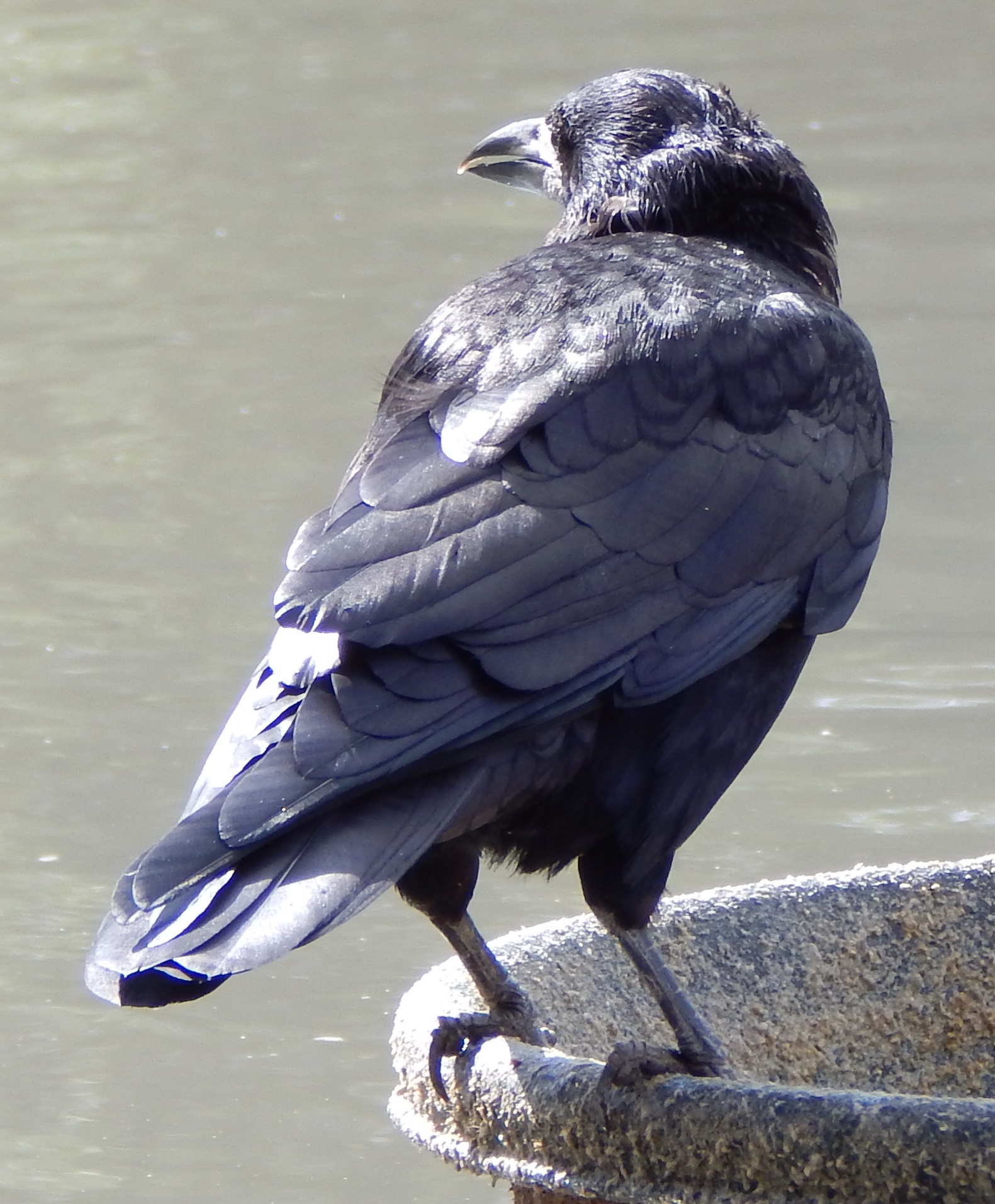

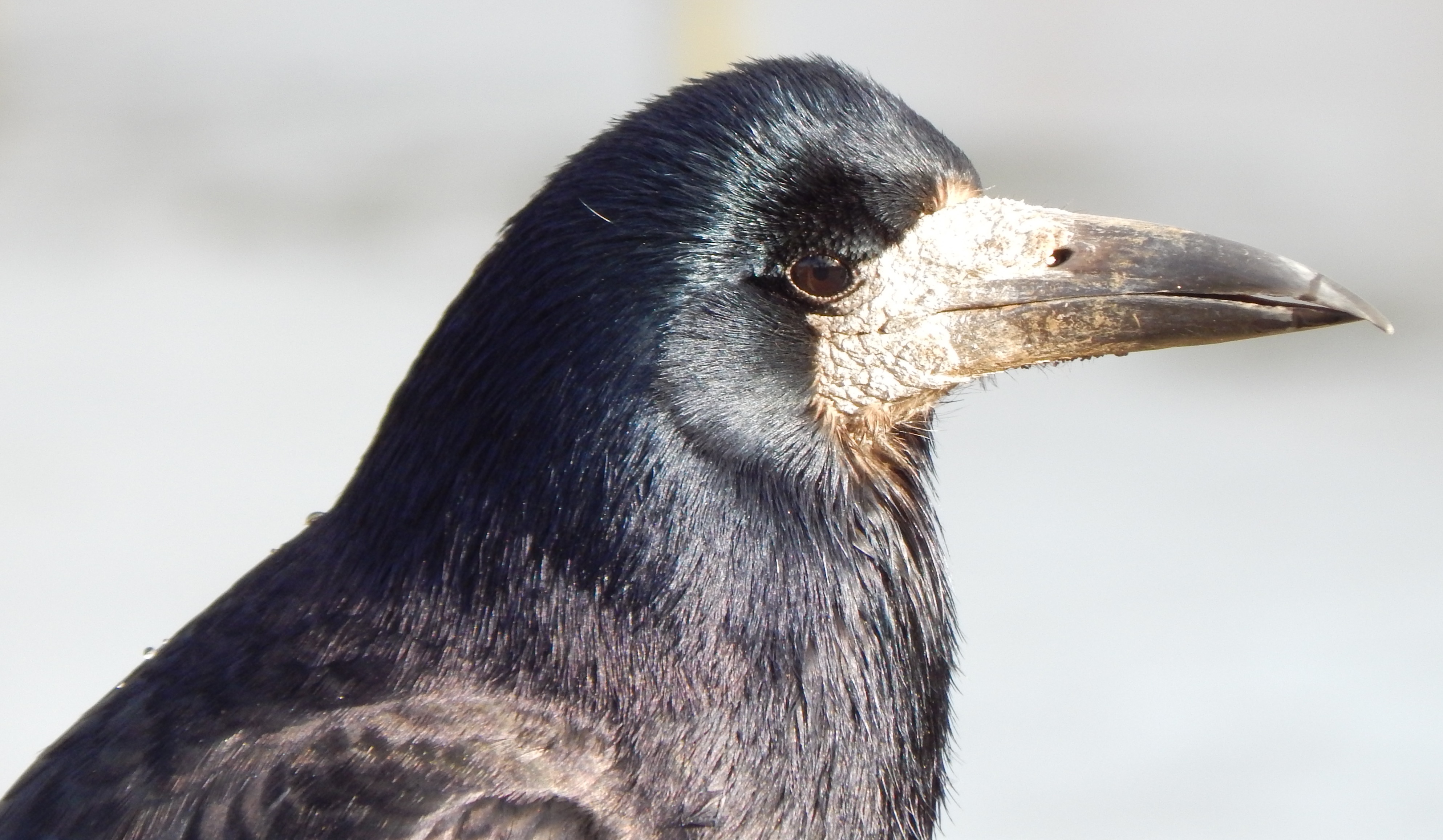
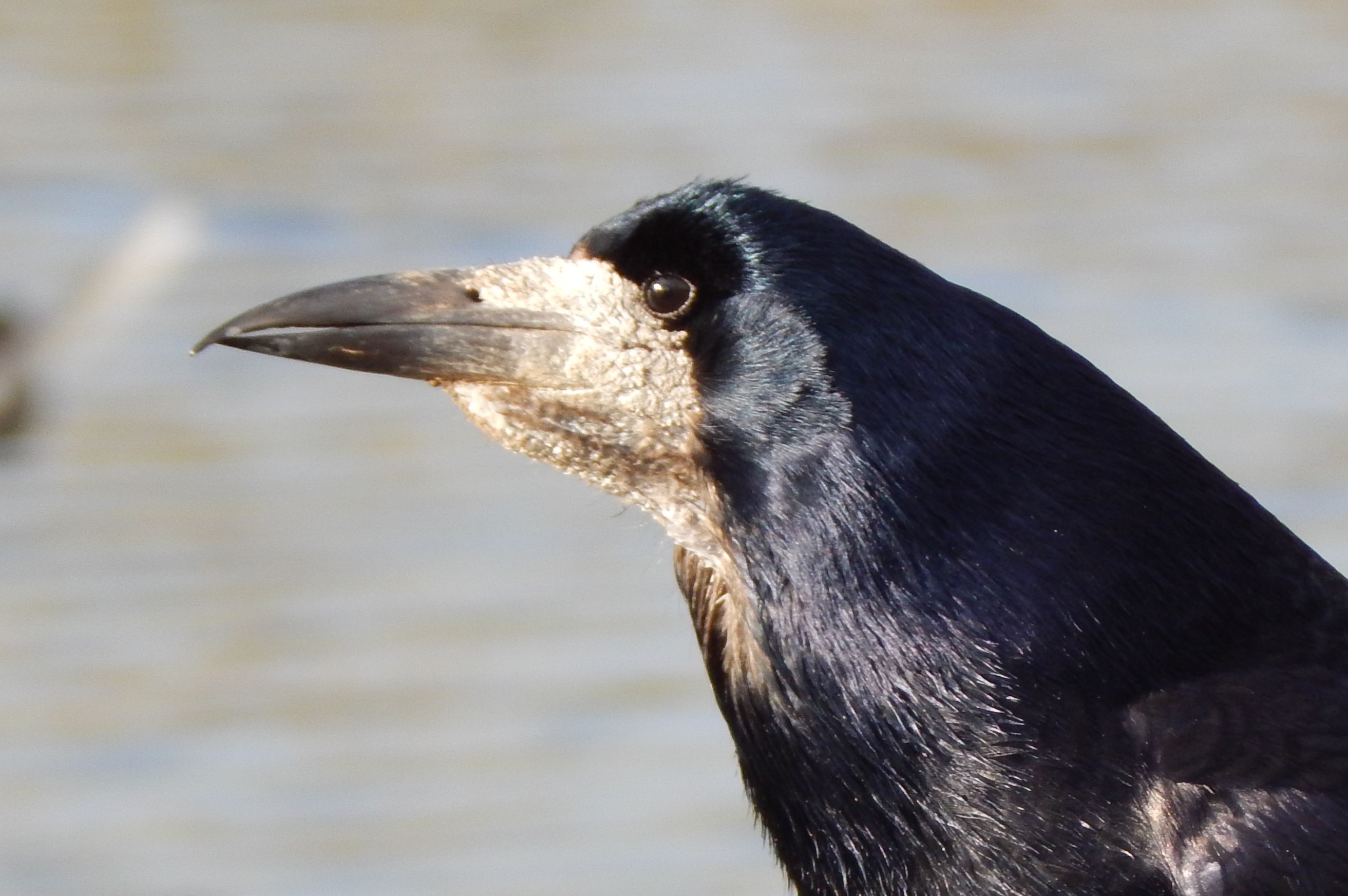
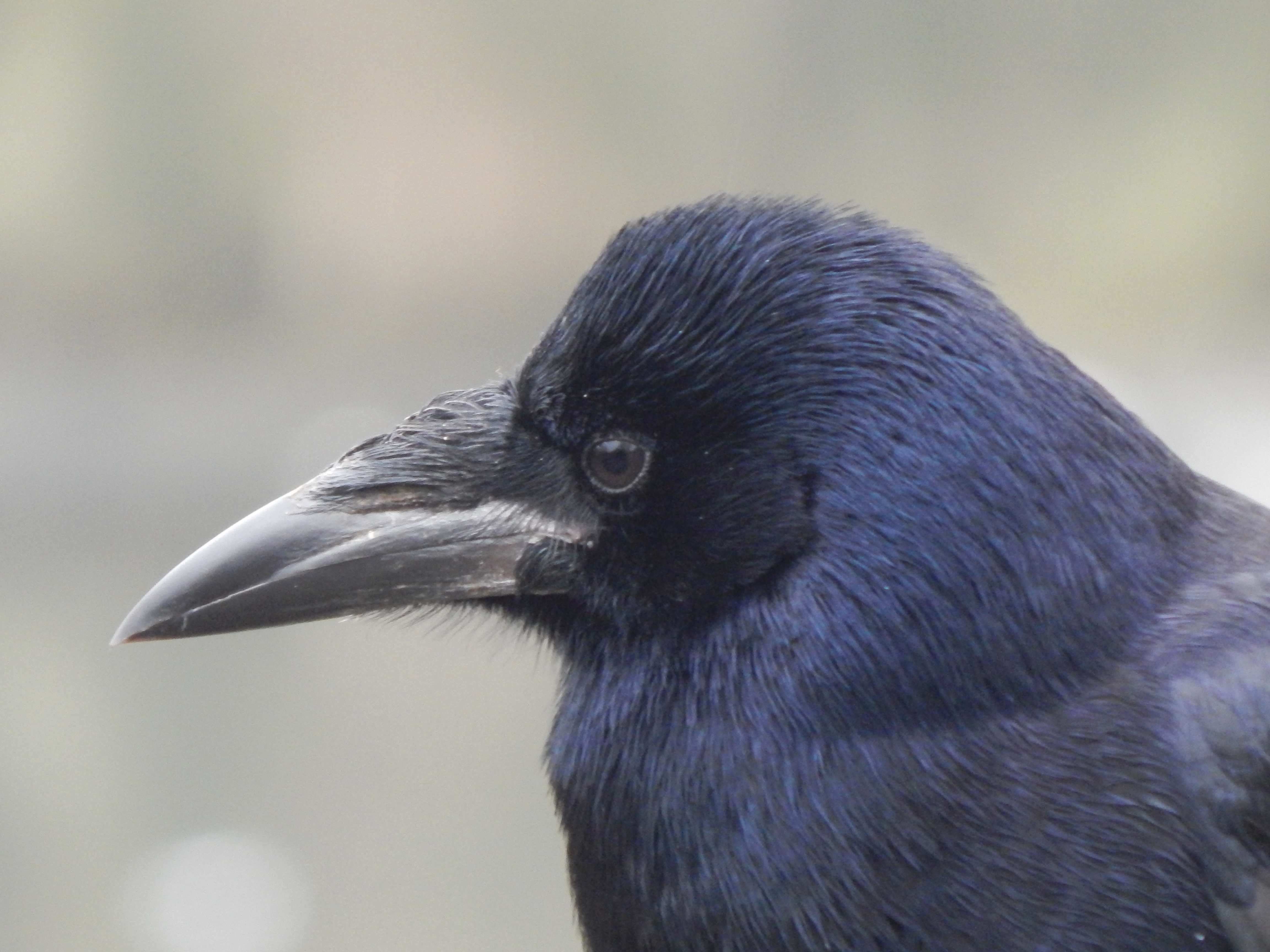
You are unlikely to see juvenile Rooks. These two were both seen at Slimbridge in trees below a rookery.


They are very gregarious, rarely seen alone and nest communally in rookeries at the top of high trees. When they leave the rookery, they find a communal roosting site, usually in trees, sometimes accompanied by Jackdaws.

They are most commonly seen in a large group feeding in open fields, where they use their powerful beaks to probe the soil. The flock often includes a few Jackdaws. They feed on cereals, roots, fruit, insects and small invertebrates, small birds and occasionally carrion.
Habitat
Rooks are common and widespread over Europe and parts of Asia.
Other Notes
Here is another example of a bird surviving well by hopping around on one leg, as we saw in [026] Greylag. It was there for several months.

Rooks and Crows have not always been named distinctly. The expression ‘As the Crow flies,’ for a direct straight line, is more appropriate for Rooks. And scarecrows were put into fields to scare away the Rooks!
I sometimes see a single Rook scavenging at Motorway Services or at the Slimbridge WWT site. I am never sure whether they have left their flock or have been driven out.


See also
We have seen the Jackdaw and the Crow. Our other two members of the crow family look very different – [159] the Jay and [265] the Magpie.






